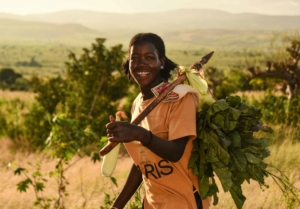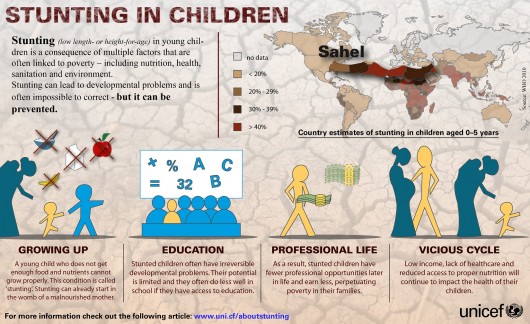
When discussing the issue of hunger and global poverty, most immediately think of foreign aid and intervention from donors as being the main solution to the problem. What seems to be disregarded is the power of those living in poverty and the influence of those in power in impoverished countries. Now, leaders in Africa are working to end hunger internally. A recent conference brought together delegates from five African nations with the Director-General of the Food and Agriculture Organization to develop an effective way to eradicate hunger in Africa.
FAO looks to form innovative partnerships in Africa to “build on experiences and stop the suffering of the estimated 23% of all Africans who remain undernourished”. While the organization’s program, Unified Approaches to End Hunger in Africa, will work to provide greater access to water, food, and education, the program builds off of the already increased production of goods and “consistent political will” in many developing African countries.
Countries like Angola and Ethiopia have run social protection and national development plans, promoting domestic agriculture and the provision of water as well as infrastructure improvement. Services including microfinancing and “cash-for-work public infrastructure programs” work to accelerate development in order to end poverty. These internal programs work to create stable societies and economies that are more conducive to greater production in order to advance the protection of their citizens.
While partnership and foreign aid are incredibly important forces behind eradicating extreme poverty around the world, they are by no means the only work being done. It is necessary to take into account the work being done by these people that are often portrayed as hopeless and helpless by the media; they are far from it and are working to end global poverty just as resolutely internally as developed countries are external.
– Sarah Rybak
Source: All Africa
Photo:Radio Netherlands Worldwide

 In alliance with the Ministry of Industry of Ethiopia and General Mills, USAID launched the African Alliance for Food Processing Project in
In alliance with the Ministry of Industry of Ethiopia and General Mills, USAID launched the African Alliance for Food Processing Project in 



 By pairing with the Peace Corps and other nonprofits, Books for Africa has become the world’s largest shipper of donated books to the African continent. With its headquarters based in St. Paul, Minnesota, Books for Africa has shipped nearly 27 million books to 48 countries in the past 25 years.
By pairing with the Peace Corps and other nonprofits, Books for Africa has become the world’s largest shipper of donated books to the African continent. With its headquarters based in St. Paul, Minnesota, Books for Africa has shipped nearly 27 million books to 48 countries in the past 25 years.